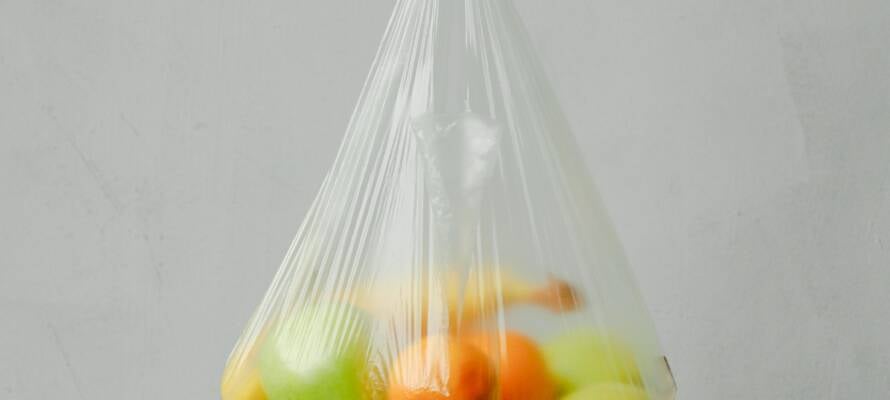Composting can be even more beneficial than recycling to the environment because it rebuilds topsoil.
By Shula Rosen
As one-time use packaging finds its way into landfills and the promise of recycling faces obstacles, Israeli company TIPA has developed a way to produce compostable cartons, plastic and packages out of rice.
Whether TIPA’s packaging ends up in the trash can, the recycling bin or the compost heap, it won’t stick around for long. The packaging is designed to be fully biodegradable in just weeks rather than remaining in a landfill for years.
Founded in 2010, TIPA developed compostable polymers made of a byproduct of rice.
Daphna Nissenbaum, TIPA’s CEO and Co-Founder, said: “TIPA is focused on delivering innovative solutions to the plastic packaging crisis and our new product sets a benchmark for sustainability, combining both recyclability and composability.”
This rice-based packaging removes a major obstacle faced by those who put their containers in the recycling bin–the dependence on trucks to come and actually recycle the material.
The unfortunate fact is that very few people attempt to recycle and those who do would be disappointed to know that only 9% of all plastic is actually recycled.
However, composting can be even more beneficial than recycling to the environment because it rebuilds topsoil and nourishes the Earth.
TIPA’s packaging provides a win-win solution, because even if it isn’t taken to the compost pile, it won’t spend years in a landfill but will nourish the soil.
The part of the rice plant that can’t be consumed or used for food is transformed in to a polymer that creates TIPA’s flexible packaging.
TIPA aims to revolutionize the food industry–which uses 60% of the world’s flexible packaging and the fashion industry–that uses 180 billion disposable bags a year.
“The breakthrough was in creating a flexible film for food packaging,” Nissenbaum says.
“There are biodegradable films out there but they can’t be used for food packaging. We created the first-generation and then second-generation packaging from new and different green materials that can be used for all kinds of food packaging.”
